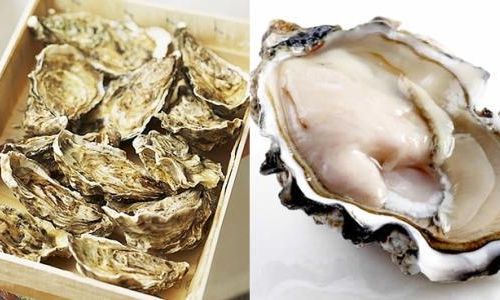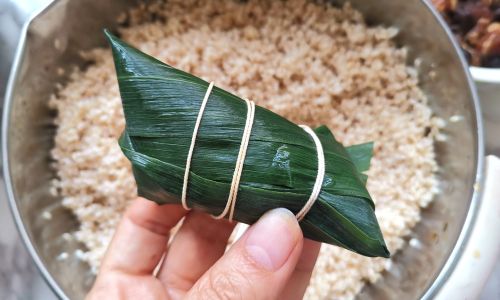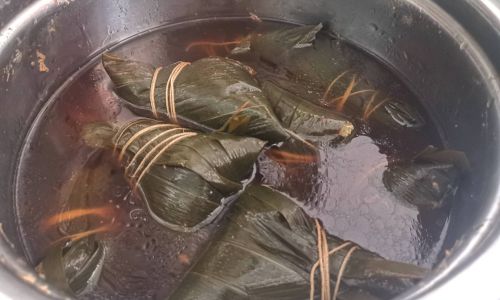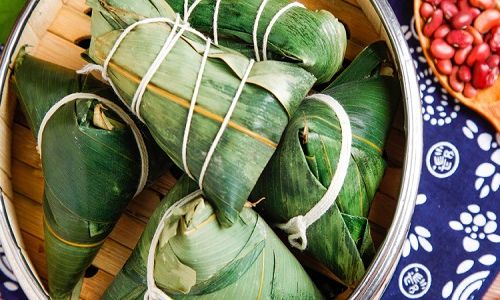Table of content
Introduction
Fresh oyster meat, known for its delicate flavor, creamy texture, and rich nutritional profile, is a culinary delight enjoyed worldwide. Whether served raw on the half-shell, baked, grilled, or incorporated into various dishes, oysters are a premium seafood item that demands proper handling to retain their freshness and quality. Preserving and storing fresh oyster meat correctly is crucial to ensuring that they remain safe to consume and maintain their optimal taste and texture. This comprehensive guide will delve into the various methods for preserving and storing fresh oyster meat, offering practical advice for both home cooks and professional chefs.
Understanding Fresh Oyster Meat
Before discussing preservation and storage techniques, it’s essential to understand the unique characteristics of fresh oyster meat. Oysters are bivalve mollusks that filter feed on algae and organic particles in their aquatic environment. Their meat, or the edible part within the shell, is highly perishable due to its high moisture content and the presence of natural enzymes that can cause rapid decomposition if not handled properly.
Fresh oysters should be firm to the touch, with a slightly salty and briny aroma. Their shells should be tightly closed or close promptly when tapped. If an oyster’s shell remains open, it may indicate that the oyster is no longer alive and should be discarded.
Harvesting and Initial Handling
Proper handling begins at the point of harvest. Oysters should be harvested using methods that minimize stress and injury to the animals. Once harvested, they should be kept in a cool, shaded area to prevent overheating. Ideally, they should be refrigerated as soon as possible to slow down bacterial growth and enzymatic activity.

For home harvesters or those purchasing fresh oysters from a local source, it’s crucial to transport them in a cooler with ice packs or gel packs to maintain a temperature between 32°F to 40°F (0°C to 4°C). Avoid exposing oysters to direct sunlight or temperatures above 50°F (10°C), as this can cause them to spoil rapidly.
Shucking Fresh Oysters
Before storing the meat, oysters need to be shucked, a process of opening the shell to access the meat. Shucking should be done with a sharp, dedicated oyster knife to minimize damage to the meat and reduce the risk of injury. Here are the steps for shucking fresh oysters:
- Prepare a clean workspace: Lay down a towel or cutting board to protect your surfaces and catch any shell fragments or juices.
- Protect your hands: Wear a thick glove or cloth to protect your hand from the sharp shell edges.
- Find the hinge: Locate the narrow hinge end of the shell, where the two valves are connected.
- Insert the knife: Insert the tip of the oyster knife into the hinge and gently twist it to loosen the shell. Apply firm, steady pressure, avoiding sudden jerks that could break the shell into pieces.
- Slide the knife along the shell: Once the hinge is loose, slide the knife along the inside edge of the top shell to sever the muscle that attaches the shell to the meat.
- Sever the bottom muscle: Carefully lift the top shell and sever the muscle attaching the meat to the bottom shell.
- Check for debris: Inspect the meat for any shell fragments or debris and remove them with a small knife or your fingers.
Once shucked, the oyster meat should be handled gently and kept on ice or in a bowl of ice water to maintain its chill.

Preservation and Storage Methods
There are several methods for preserving and storing fresh oyster meat, each suited to different needs and durations. Here are the most common techniques:
Refrigeration
Refrigeration is the simplest and most common method for short-term storage of fresh oyster meat. Here’s how to do it:
- Clean the meat: Rinse the shucked oyster meat under cold running water to remove any sand, shell fragments, or debris. Pat it dry with a clean paper towel.
- Store in an airtight container: Place the meat in an airtight container lined with a damp paper towel to keep it moist. Avoid stacking the oysters, as this can crush the delicate meat.
- Refrigerate: Place the container in the coldest part of your refrigerator, ideally the bottom shelf. Keep the temperature between 32°F to 40°F (0°C to 4°C).
- Consume within 2-3 days: Fresh oyster meat stored in the refrigerator should be consumed within two to three days to ensure optimal freshness and safety.
Freezing
For longer-term storage, freezing is a viable option. However, freezing can alter the texture of the oyster meat, making it slightly softer and less firm when thawed. Here’s how to freeze fresh oyster meat:

- Prepare the meat: Clean the shucked oyster meat as described above.
- Pat dry: Use a clean paper towel to pat the meat dry to remove excess moisture, which can cause freezer burn.
- Flash freeze: To prevent the meat from clumping together, place it in a single layer on a baking sheet lined with parchment paper and freeze for about an hour until it’s firm but not fully frozen.
- Transfer to freezer bags: Once partially frozen, transfer the meat to freezer-safe bags, removing as much air as possible to prevent freezer burn. Label the bags with the date.
- Store in the freezer: Place the bags in the freezer compartment, maintaining a temperature of 0°F (-18°C).
- Consume within 3-6 months: Frozen oyster meat can be stored for up to three to six months, but its quality will gradually decline over time.
Vacuum Sealing
Vacuum sealing is a more advanced method that extends the shelf life of fresh oyster meat by removing oxygen, which slows down bacterial growth and enzymatic activity. Here’s how to vacuum seal fresh oyster meat:
- Prepare the meat: Clean and pat dry the shucked oyster meat.
- Vacuum seal: Place the meat in vacuum-seal bags, ensuring there are no gaps or air pockets. Use a vacuum sealer to remove the air from the bags.
- Store in the refrigerator or freezer: Vacuum-sealed oyster meat can be stored in the refrigerator for up to five days or in the freezer for up to six months.
Canning
Canning is a preservation method that involves processing food in airtight containers to eliminate microorganisms and create an environment that prevents spoilage. While less common for oysters, canning can be done at home with the appropriate equipment and knowledge. Here’s a basic overview:
- Prepare the jars and lids: Ensure that your canning jars and lids are clean and free of defects.
- Prepare the meat: Clean and pat dry the shucked oyster meat.
- Pack the jars: Pack the meat into the jars, leaving headspace as recommended for canning seafood.
- Add liquid: Pour boiling water, broth, or a canning syrup over the meat to cover, leaving the required headspace.
- Process in a pressure canner: Follow the manufacturer’s instructions for processing the jars in a pressure canner at the recommended temperature and pressure for the size of your jars.
- Store in a cool, dark place: Once processed, remove the jars from the canner, let them cool, and check for seals. Store them in a cool, dark place for up to a year.
Thawing Frozen Oyster Meat
When you’re ready to use frozen oyster meat, thaw it properly to ensure food safety and maintain quality. Here are the best thawing methods:

- Refrigerator thawing: Place the frozen meat in a container and let it thaw in the refrigerator overnight. This method is slow but ensures that the meat thaws evenly and safely.
- Cold water thawing: Submerge the sealed bag of frozen meat in a bowl or sink of cold water, changing the water every 30 minutes to ensure it stays cold. This method is faster than refrigerator thawing but requires more attention.
- Microwave thawing: Use the defrost setting on your microwave, checking frequently to prevent overcooking. Microwave thawing is the fastest method but can result in uneven thawing and partial cooking of the meat.
Conclusion
Preserving and storing fresh oyster meat requires careful handling and the right techniques to ensure optimal freshness, safety, and quality. Whether you’re storing them for a few days in the refrigerator, freezing them for longer-term preservation, or using advanced methods like vacuum sealing or canning, following the guidelines outlined in this guide will help you retain the delicate flavor and texture of fresh oyster meat. Remember, the key to successful preservation is to start with high-quality, fresh oysters and handle them with care throughout the entire process. With the right knowledge and techniques, you can enjoy fresh oyster meat anytime you want, whether it’s for a special occasion or a weeknight dinner.






0 comments